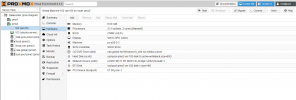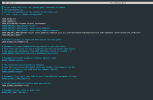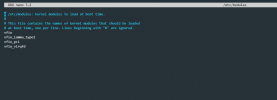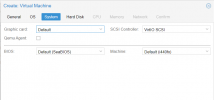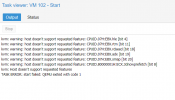Hi I am running Proxmox VE 6.4-6 on a old desktop with Intel i7 - 4790 processor. I have successfully created few LXC container and ubuntu virtual machines. They are working like charm.
I also have created a windows10 - pro vm and it also worked fine. Now I have a GTX 750 card installed in one of the PCIE slots, which I want to passthrough so that I can remote gaming (RDP or parsec) on it. I followed quite a few tutorials form YouTube none of them worked.
Then I though may be I am using a newer version so I followed this tutorial: https://www.reddit.com/r/Proxmox/comments/lcnn5w/proxmox_pcie_passthrough_in_2_minutes/
This too did not work for me. The issue is when I start my win10 VM, it would not start. The start Icon greys out for few seconds and then again comes back on.
I am not sure what I am doing wrong. I have kept a monitor plugged in to the GPU card but nothing really happens there too.
I am not sure it this issue is with proxmox or with my VM setup.
Either ways, I am stuck with it for about a week now. Any help is much appreciated.
Thank you.
I also have created a windows10 - pro vm and it also worked fine. Now I have a GTX 750 card installed in one of the PCIE slots, which I want to passthrough so that I can remote gaming (RDP or parsec) on it. I followed quite a few tutorials form YouTube none of them worked.
Then I though may be I am using a newer version so I followed this tutorial: https://www.reddit.com/r/Proxmox/comments/lcnn5w/proxmox_pcie_passthrough_in_2_minutes/
This too did not work for me. The issue is when I start my win10 VM, it would not start. The start Icon greys out for few seconds and then again comes back on.
I am not sure what I am doing wrong. I have kept a monitor plugged in to the GPU card but nothing really happens there too.
I am not sure it this issue is with proxmox or with my VM setup.
Either ways, I am stuck with it for about a week now. Any help is much appreciated.
Thank you.


